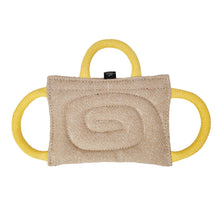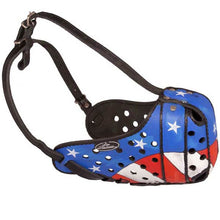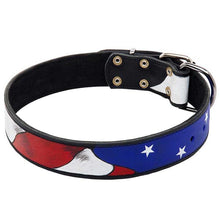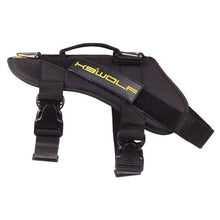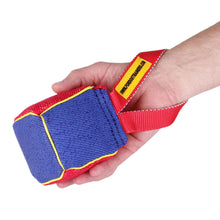Dog Park Etiquette For German Shepherd Owners: Guidelines For A Positive And Safe Dog Park Experience
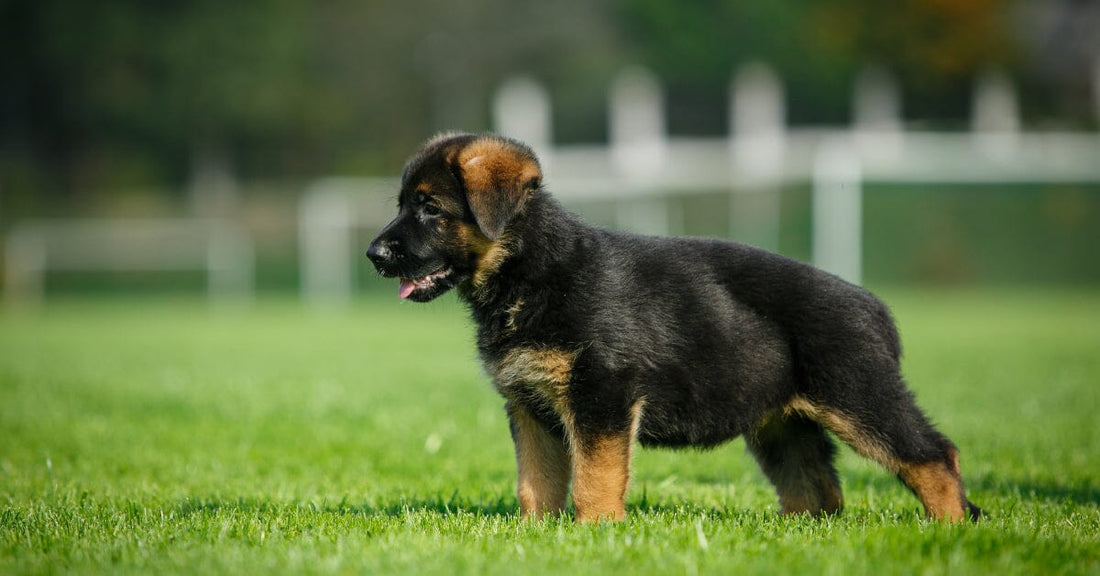
Are you thinking about taking your German shepherd to the dog park? Depending on who you ask, there are plenty of differing opinions on whether or not you should go to one.
Most people opposed to dog parks don’t feel the benefits outweigh the risks. Since dog parks can be unpredictable, you never know what type of dogs (or even people) your pup might encounter while there.
Along with the lack of control in the dog park environment, there’s also the risk that your dog could catch a communicable disease, get parasites, get injured, or even eat something that they shouldn’t.

But, if you’re a fan of dog parks, you might argue that some dogs love them. That they provide dogs with a safe space to get physical exercise, socialization, and mental stimulation, which is important for German shepherds.
So, if you decide to take your dog to a dog park, there are some things you can do to help ensure your pet will have a safe and fun experience, such as:
Understand How Dog Parks Work
Dog parks are areas that have been designated for a diverse array of dogs to play off-leash. Each dog park has its own rules and regulations that you’re expected to follow. Some offer screenings but most often they don’t. Private dog parks may charge a fee. Most dog parks are fenced but not all. Some parks have separate small and large dog play areas. There is usually no supervision and pet parents rely on each other to ensure the safety and well-being of all pets.

Some things to look for in a good dog park:
- Is there plenty of space for the dogs to run and play without being cramped?
- Are there separate areas for the small/dainty and large dogs?
- Is the fence high enough for your dog?
- Are there poop bags provided or do you bring your own?
- Is the running surface safe and suitable?
- Is there shade?
- Is there water?
- Is there a bench for owners?
- Is there lighting if opened at night?
- Is the parking safe?
- What kind of equipment is there?
- Are there restrooms?
Know Your Dog
Before you go to the dog park, be sure your dog will enjoy it. Dogs are not as social as people. Not all dogs enjoy dog parks and having to interact with strange dogs. German shepherds are often leery of strange dogs, people, and like to control their environment, which is the opposite of the dog park environment.

Some things to consider when deciding if a dog park is the right fit for you:
Does your dog have basic training and good recall?
Does your dog enjoy meeting and playing with new dogs and people?
Is your dog triggered or reactive to certain dogs or people?
Does your dog have any resource guarding issues, like with balls and toys?
Is your dog’s play style compatible with the other dogs?
Prepare Your Dog
Before going to the dog park, prepare your dog. Practice training and recall. Be sure your dog will follow commands without distractions before you expect them to follow commands at the dog park. Take your dog for walks in public places where there are other dogs and lots of activity and practice training commands.
Scope Out Parks To Find The Right Fit
Be sure to visit several dog parks to find one that is the right fit. Check out the environment and observe the people and dogs that frequent there. The last thing you want is to run into unsociable, aggressive dogs or irresponsible owners.

Some things to look out for include:
- Is the park securely fenced with a double entry system so no pets can run out?
- Are the owners paying attention to their pets?
- Are any of the dogs or owners making you uncomfortable?
- How crowded is the park?
- Is the park clean, and well maintained, and is water available?
- Does the park have rules?
Slowly Introduce Your Dog To The Park
Before you let your dog run free with the other dogs, take your dog to the dog park when no one is there and let them run around and get familiar with it. If this is impossible, go during off-peak hours with as few dogs as possible.
Before letting your dog go free, walk them outside the park while observing their behavior. Do they seem overwhelmed? Excited yet relaxed? Tense and nervous? Is your dog overly focused on a certain dog? Do the other dogs and people seem comfortable with your dog? Introduce your dog to the park slowly.
Always Pay Attention
The dog park is not the place to catch up on your texts or chat with friends. Your attention should always be focused on your dog and all their interactions. Be familiar with dog body language so you can intervene before a problem starts. Don’t expect all dogs to be comfortable with each other. Be on the lookout for any problem dogs (and people) who may arrive and leave if you need to. Learning how to safely break up a dog fight is also a good idea.

Vaccines, Pest Prevention, and Tags
There is always a chance your dog could accidentally get out of the gate so be sure their tags and microchip information is up-to-date. Keep vaccines and pest prevention current. Their rabies vaccine is important should they get bit or bite another dog
Dog Park Etiquette
Be sure to always follow dog park etiquette, even if the rules are not posted, such as:
- Don’t let your dog be a bully.
- Stop excessive barking and chasing other dogs.
- Don’t let your dog guard or huddle by the gate where new dogs are entering.
- Keep your dog moving to keep the territory neutral.
- Pick up after your dog.
- Leave toys at home to prevent scuffles.
- Ask other dog owners for permission to introduce your dog.
- Always prioritize the safety of your dog.
- Bring a leash.
- Don’t take your pet when they’re sick or injured.
- Don’t take your dog in the heat.
- Never leave your dog unattended.
- Bring water so you don’t have to share the fountain.
Only you can decide if the dog park is right for you. But, if you do, these guidelines can help ensure your dog enjoys the experience.
You might also like: Everything You Need To Know To Train Your Dog – Expert Advice









